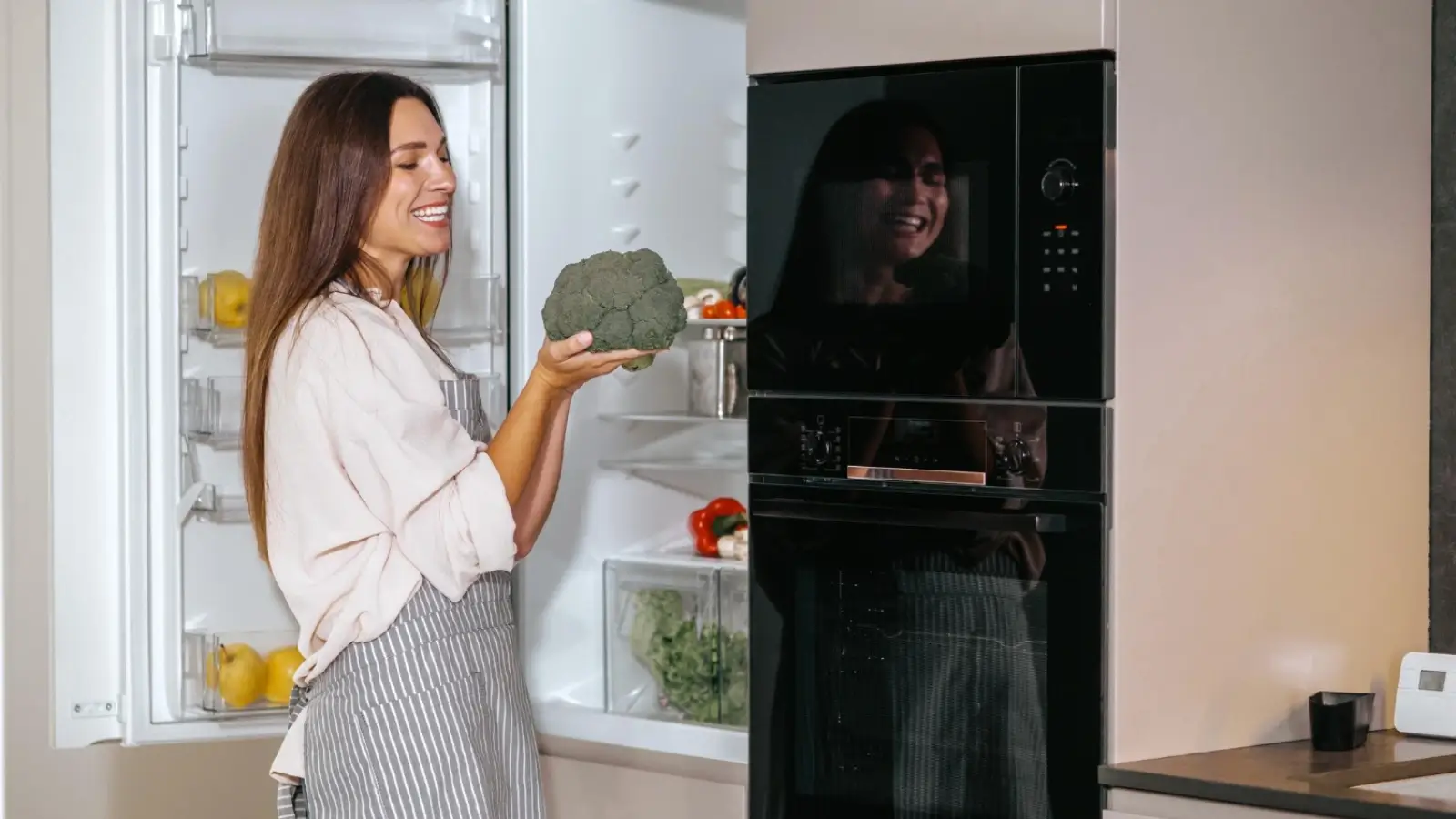


The German engineering reputation isn't just marketing hype when it comes to a Liebherr refrigerator—these units actually deliver on the precision cooling and build quality they advertise. Liebherr's been making refrigeration systems since 1954, but they weren't always in residential kitchens. They started with commercial and industrial cooling, which explains why their home fridges feel overbuilt compared to typical appliances. The company manufactures most components in-house rather than sourcing from third parties, which gives them tighter quality control over compressors, control systems, and even the small stuff like door hinges and shelving materials.
BioFresh compartments maintain temperatures just above freezing—right around 0°C—with controlled humidity. This isn't just a regular crisper drawer with a fancy name. The science here is that most bacteria slow down dramatically near freezing, and enzymatic processes that cause food to break down nearly stop.
There are usually two types of BioFresh drawers: one for high humidity (90-95%) for vegetables and leafy greens, another for low humidity (50%) for meat, fish, and dairy. The humidity control is passive, using sealed compartments with adjustable vents rather than active humidification systems that could fail.
In practical terms, lettuce stays crisp for two weeks instead of wilting after four days. Fish stays fresh for three to four days rather than going questionable after one. The difference in food waste reduction is noticeable if you're actually using it properly.
Most Liebherr models use DuoCooling or a similar dual-circuit system where the fridge and freezer have separate cooling circuits. Why does this matter? In single-circuit systems, air circulates between both compartments. That transfers odors—your ice cream tastes like yesterday's curry—and causes humidity to migrate from the fridge to the freezer where it becomes frost.
Separate circuits eliminate both problems. Each compartment maintains its own temperature and humidity independently. The fridge stays humid enough to keep produce fresh, the freezer stays dry enough to prevent ice buildup.
PowerCooling is their forced-air circulation system. A fan actively distributes cold air throughout the compartment instead of relying on natural convection. After you load warm groceries, the system brings everything back to temperature faster. This reduces the warm-up spike that affects food already in the fridge.
The compressor—basically the heart of any fridge—carries a 2-year warranty standard, but Liebherr units often run 15-20 years before compressor failure. That's roughly double the lifespan of budget brands. They use their own compressor designs with heavier-duty components and better vibration dampening.
Door seals use magnetic strips embedded in high-quality rubber gaskets. Cheap fridges use hollow seals that compress over time and leak air. Liebherr seals maintain their shape and magnetic strength for years.
The cabinet insulation is thicker than standard fridges—usually 70-80mm of high-density polyurethane foam versus 40-50mm in cheaper models. Better insulation means the compressor runs less frequently, which saves energy and extends its life.
Glass shelves are safety glass that can handle hot pots without cracking. They're also easier to clean than wire shelving and don't sag under heavy loads.
You'd think all this extra cooling power would spike your electricity bill, but most Liebherr models rate between 4-6 stars for energy efficiency. The key is in the inverter compressor technology that adjusts speed based on actual cooling needs rather than cycling on and off at full blast.
A typical 400-litre Liebherr might use 250-350kWh annually, which works out to about 70 cents to a dollar per day at average Australian electricity rates. Compare that to older inefficient fridges from the 2000s using 600-800kWh per year and the upgrade pays for itself in 8-10 years just in energy savings.
The SmartDevice integration on newer models isn't just app connectivity for the sake of it. It monitors usage patterns and optimizes cooling cycles, sends alerts if the door's left open or temperature spikes, and can enter vacation mode to save power when you're away.
Premium fridges shouldn't sound like a diesel truck idling in your kitchen. Liebherr models typically operate at 35-40 decibels, which is quieter than normal conversation. The combination of isolated compressor mounting, sound-dampening insulation, and smooth-running fans keeps the noise down.
The SoftSystem door closing mechanism prevents slamming and ensures the door seals properly every time. It's one of those small touches that you don't notice until you go back to a regular fridge and slam the door by accident.
If you keep your appliances for 10-15 years instead of replacing them every 5-7, the higher upfront cost averages out. Liebherr fridges maintain performance and appearance longer than budget options that start showing wear after a few years.
Serious home cooks who buy fresh ingredients in bulk benefit from the precise temperature and humidity control. Food actually stays fresh as long as advertised, which reduces waste.
Anyone with space constraints appreciates the modular interior layouts. Shelves adjust in small increments, door bins accommodate large bottles, and the compartments make sense instead of feeling like afterthoughts.
No appliance is perfect. The control panel and sensors can occasionally glitch, requiring a reset. Temperature sensors sometimes drift out of calibration after 5-10 years and need replacement.
Ice makers—when included—are still ice makers. They need regular cleaning and sometimes jam or malfunction like any ice maker regardless of brand.
Replacement parts cost more than generic brands. A door shelf might be $50-80 instead of $20. Service calls from authorized technicians aren't cheap either.
The LED lighting is generally reliable, but when it does fail, replacing it requires more disassembly than just screwing in a new bulb.